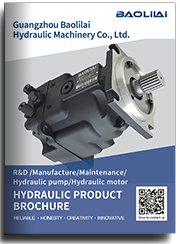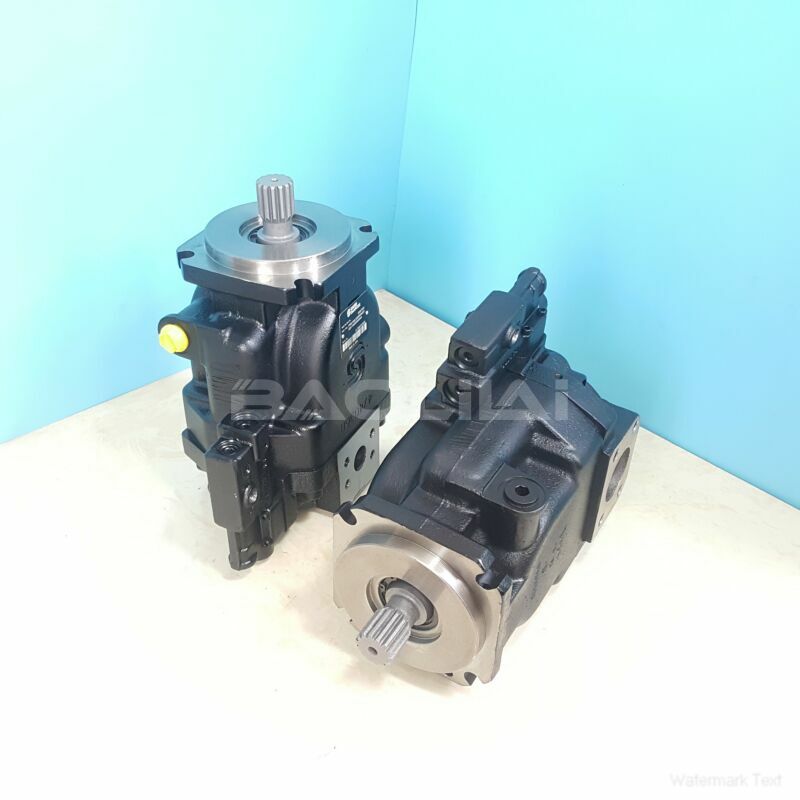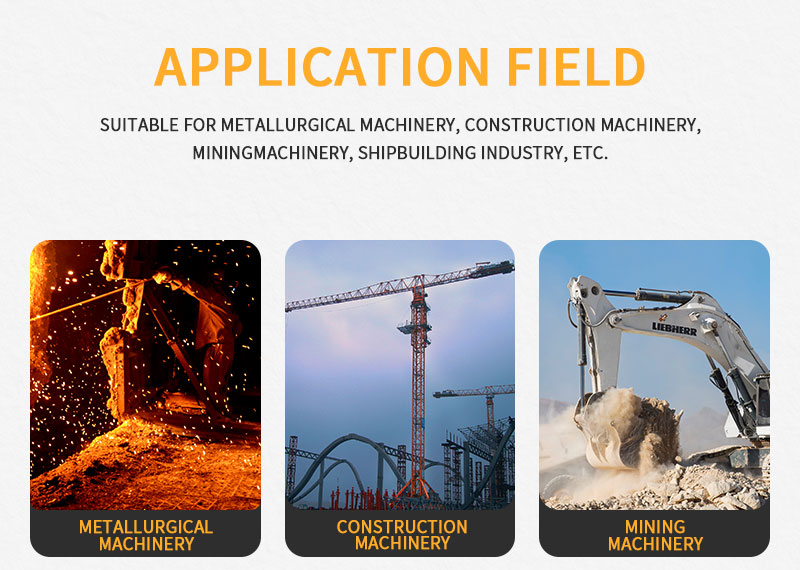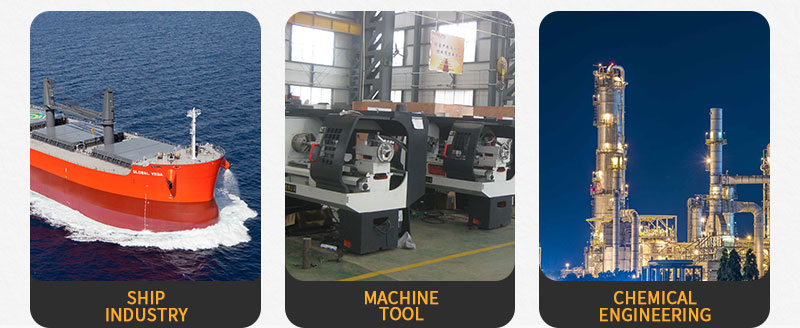FRR074BLS2820NNN3S2A2A1NNNNNNNNNN danfoss pump
FRR074BLS2820NNN3S2A2A1NNNNNNNNNN danfoss pump

- Product Details
- Applicable Scene
The textile industry is a complex and vital sector that plays a significant role in our daily lives. One of the key processes in textile manufacturing is dyeing and finishing, where high-pressure pumps serve as indispensable tools. These pumps are essential for ensuring that the dyeing process is efficient, consistent, and environmentally friendly.
FR-R-074B-LS-28-20-NN-N-3-S2A2-A1N-NNN-NNN-NNN
FRR074BLS2820NNN3S2A2A1NNNNNNNNNN
High-pressure pumps are designed to handle fluids at elevated pressures, which is crucial for a variety of applications in textile dyeing and finishing. One primary function of these pumps is to deliver dyes and chemicals at precisely controlled pressures and flow rates. This level of control is vital for achieving uniformity in color and ensuring that the textile fibers absorb dyes evenly. Inconsistent application can lead to issues such as blotchy coloring and poor quality, which can ultimately affect the marketability of the finished product.

83002538
In addition to their role in dye application, high-pressure pumps also play a significant part in pre-treatment and post-treatment processes. These processes include washing, bleaching, and setting the color through steaming or fixation. The ability to accurately control the pressure and flow of water and chemicals enables manufacturers to optimize these processes, reducing waste and enhancing the quality of the textiles produced.
Another important aspect of high-pressure pumps in the dyeing and finishing processes is their contribution to sustainability. The textile industry has been under increasing pressure to minimize its environmental impact. High-pressure pumps can improve water and chemical efficiency, allowing for lower volumes of resources to be used without sacrificing quality. This optimization can lead to reduced water consumption and lower chemical discharge, making the dyeing process more eco-friendly.
Furthermore, the use of advanced high-pressure pumping technologies can lead to increased productivity. Modern pumps often come equipped with automated systems that allow for real-time monitoring and adjustments. This technology minimizes downtime and ensures consistent operation, which is particularly important in large-scale textile production facilities, where efficiency directly impacts profitability.





